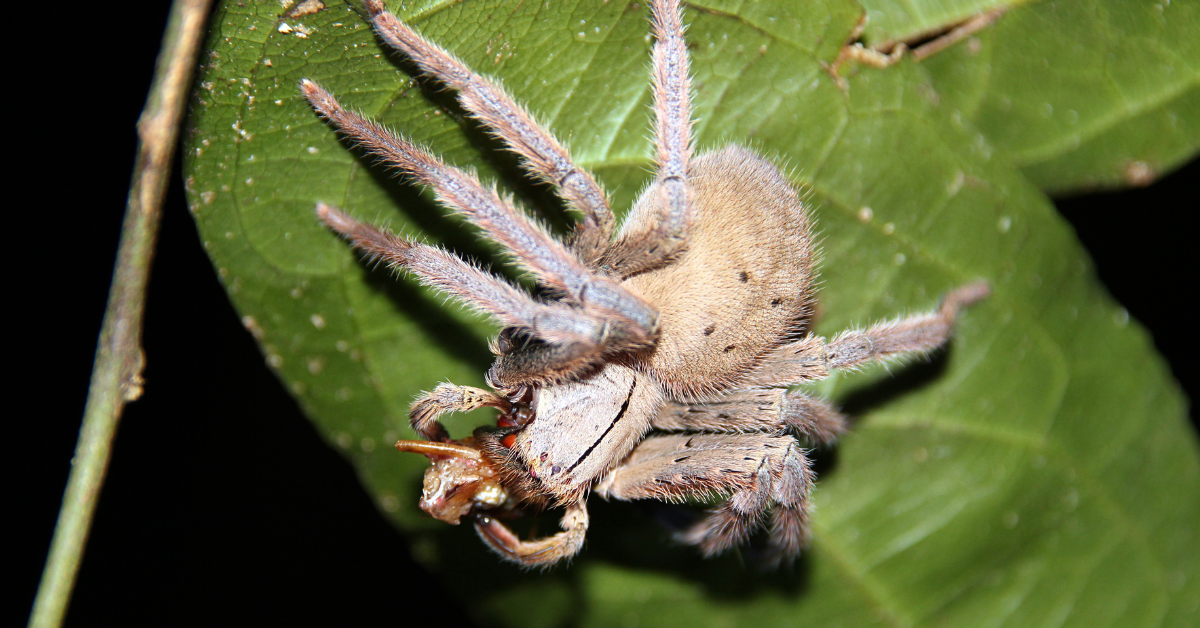
How often do tarantulas eat? This article will tell you all about how often they eat, what to feed them and all other interesting facts relating to the digestive system of a tarantula.
Please bear in mind, with regard to keeping a tarantula as a pet, the above answer is just a rough estimate. Read on to find out more specific information applicable to you.
Sling/Spiderling
This is a very delicate stage of a tarantula’s journey towards adulthood; they are doing a lot of growing and as such are more vulnerable than juveniles or adult tarantulas. Sudden, unexplained deaths are more commonly reported in tarantulas at this age than at any time in their life.
In the wild, this is the time where they are most likely to become prey for other animals, so it is beneficial to them to eat as much as possible and grow as quickly as possible.
Indeed, it’s for this natural behaviour that many breeders/hobbyists will feed their slings as often as they’ll eat. That being said, every two to four days is sufficient.
However, you should note that if you are feeding a large prey item to your sling, then once a week is ample.
This article will now continue to deal with tarantula’s kept in captivity.
Juvenile
Once a sling has molted a few times, it will reach the juvenile stage. This is around 1.5” to 2” in length. In the wild they will start to slow down on their eating habits and indeed most keepers will tell you too ease off on feeding now as they are past the extremely vulnerable stage.
At this stage, it is advised to feed a larger prey item once or twice a week. As well as slowing down of feeding, you will also find that growth slows down too.
Mature Adult
When your tarantula becomes a fully mature adult, the first thing you need to take into consideration is the species. An adult Chilean tarantula (grammostola porterie) needs only four or five crickets/roaches a month to be healthy.
In contrast, an adult Goliath Bird Eating Spider (Theraphosa blondi) could manage that in a single meal twice a week!
Generally speaking, the larger, more tropical genera (Nhanhdu, Pamphobeteus, Acanthoscurria, Theraphosa etc.) will need larger and more frequent meals.
What is Power Feeding?
If you keep pet tarantula’s, you will come across the phrase “power feeding”. Power feeding is akin to eating carbs for humans.
The hobbyist/breeder will turn up the heat and feed their tarantula as much as they will eat in order for it to grow to maturity faster. Usually, this is done in an effort to get them to adults as quickly as possible which they can then breed.
Although, in theory, this could shorten a tarantula’s lifespan, there is no proof that this is harmful for the tarantula.
What Size Prey Should I Feed my Tarantula?
Generally, the prey item should be no larger than the abdomen of the tarantula. Some hobbyists prefer to feed their tarantula’s something no larger than their entire length.
This is a very personal choice and you should do whatever works for you and your tarantula. If you put something in the enclosure and your tarantula shows a threat posture before running away, you can be sure the food item you have presented is too big.
With regard to slings, it is often quite difficult to obtain food small enough for them so you may have to resort to taking a larger prey item and cutting it to an appropriate size.
We have heard that B. lateralis roach nymphs are a good source of prey, although these are quite hard to come by. A thing to note is that slings scavenge feed so cutting up a larger prey item and depositing several amounts in the enclosure is a great way of feeding them.
You don’t have to worry that you are overfeeding them or putting them in danger with prey that is too large and could in fact turn out to be the hunter, not the hunted.
What Should I Feed My Tarantula?
Below, we have laid out some of the more common prey insects available as well as some pros and cons for each. Of course, this list is by no means exhaustive.
 Mealworms
Mealworms
Mealworms are readily available. Not only can they be purchased in many different sizes, but they can also be raised rather easily. Unlike other prey items on this list, they can be kept in a refrigerator, meaning you can keep some on hand for when you need them. They are also very easy to reproduce and raise.
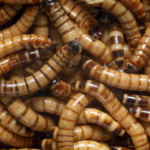 Superworms
Superworms
Superworms are another beetle larvae that can make for a good tarantula feeder. They are relatively inexpensive, and their larger sizes make them a better choice for larger tarantulas. They can also be raised and bred in colonies. However, these worms are capable of and will bite and eat a tarantula if given the chance.
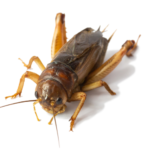 Crickets
Crickets
Crickets have long been the go-to feeder insect in the hobby. They are a convenient feeder insect for any size tarantula, are available at most pet stores in several sizes, and they can be purchased in bulk if necessary, saving the pennies.
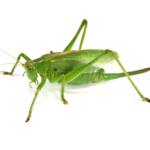 Locusts
Locusts
Locusts often clash head to head with silent brown crickets for the best staple live food as they are both nutritious, non aggressive and have a good longevity. They are also extremely easy to keep, with a small water source, some basic food and a plastic container at room temperature you can keep these insects active and healthy a number of weeks.
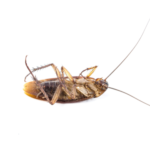 B.lateralis
B.lateralis
B.lateralis roaches are also known as “rusty reds” or “red runners”. These are fast moving little insects that will stay out in the open rather than dig. Adults are also a bit larger than crickets, making them a little better for larger tarantulas. They provide a high-protein, low fat nutrition composition similar to crickets, more so than mealworms or superworm larvae provide.
 Dubia roaches
Dubia roaches
This southern part of South America roach can hit sizes of 1.5-2″ making them a great feeder choice for larger tarantulas. They are unable to jump or climb vertical surfaces making them ideal to be purchased as colonies, which will produce nymphs of many sizes, providing a food source for slings, juveniles, and adults.
These are just a handful of the feeder options available, there are plenty more out there! Which leads us nicely on to…..
How Many Prey Items Should I Feed at a Time?
In the cases of slings and juveniles, one prey item per feeding is completely appropriate. At this size, adding a second would only serve to stress the animal.
With regard to adult tarantulas, be sure anything that isn’t eaten is removed in a timely manner. It is possible to feed multiples to adults although make sure the animal seems comfortable with taking down multiple feeders.
What if My Tarantula Doesn’t Eat?
If your arachnid starts refusing meals, don’t panic. Tarantulas will often refuse food during premolt (read about the molting process here), and some species will fast for long periods of time. Remember, this is an animal that can go months without eating, so missed meals are no reason to freak out.
And finally, yes, tarantulas do poop! Check this out! Do Tarantulas Poop (Fascinating!)
